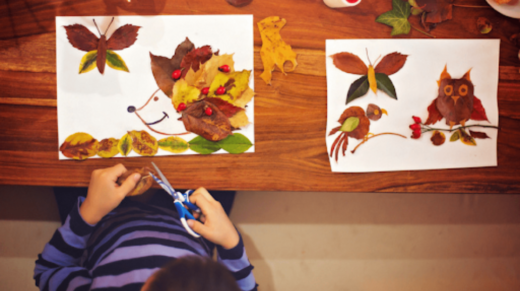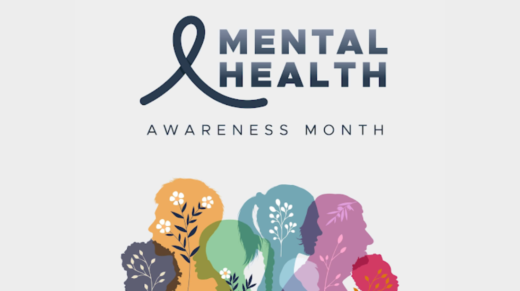Trick or Teach: The Innovative Strategies Parents Are Using to Combat Halloween Fears
Halloween is here and excitement fills the air; however, for some children, the season can be marred by fear. The sight of spooky costumes, creepy decorations, and the anticipation of trick-or-treating can be overwhelming for young minds. For parents, th ...










